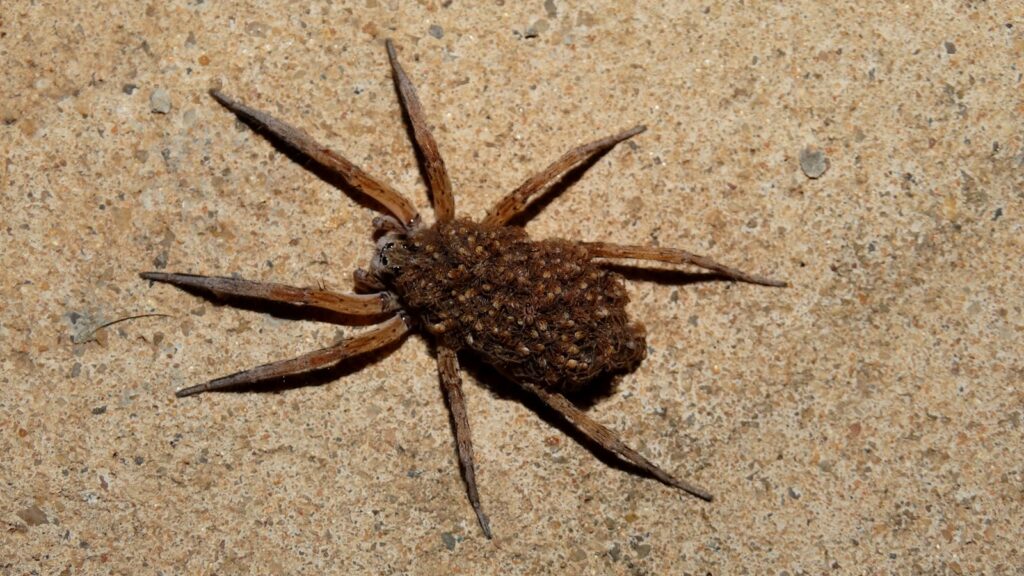
In the intricate web of ecosystem management, non-venomous spiders emerge as unsung heroes of natural pest control. While many people instinctively react with fear at the sight of these eight-legged creatures, these beneficial arachnids quietly perform invaluable services in our gardens, farms, and even homes. Non-venomous spiders consume vast quantities of pest insects that would otherwise damage crops, spread disease, or simply become nuisances. Their hunting prowess, diverse capture techniques, and adaptability to various environments make them extraordinarily efficient natural exterminators. This article explores the fascinating world of non-venomous spiders and their significant contribution to sustainable pest management – a role that deserves not only our attention but perhaps also our gratitude.
The Natural Extermination Squad: Understanding Spider Predation

Non-venomous spiders function as nature’s pest control specialists, consuming an estimated 400-800 million tons of prey annually worldwide – a staggering figure that exceeds the combined weight of all human adults on Earth. These arachnids possess remarkable hunting abilities, with different species employing varied techniques from web-building to active hunting. Most species are generalist predators, meaning they’ll capture and consume virtually any appropriately-sized insect that crosses their path, including mosquitoes, flies, moths, and agricultural pests. The indiscriminate appetite of spiders creates a natural check-and-balance system that helps prevent any single pest species from reaching population levels that could damage ecosystems or human interests.
Web-Builders: The Silent Trappers

Web-building spiders represent nature’s most sophisticated trap designers, creating elaborate silk structures specifically engineered to intercept flying and jumping insects. Species like orb weavers construct the classic spiral wheel webs that can capture mosquitoes, flies, and moths mid-flight, while funnel weavers create sheet-like webs with a retreat where they wait for vibrations indicating prey. The efficiency of these webs is remarkable – a single garden spider might rebuild its web daily and catch dozens of insects within a 24-hour period. The silk itself is an engineering marvel, combining incredible tensile strength with adhesive properties that ensure once a pest makes contact, escape is unlikely. In agricultural settings, these natural traps work continuously, day and night, without any human intervention or chemical applications.
Hunter Spiders: The Active Pursuers
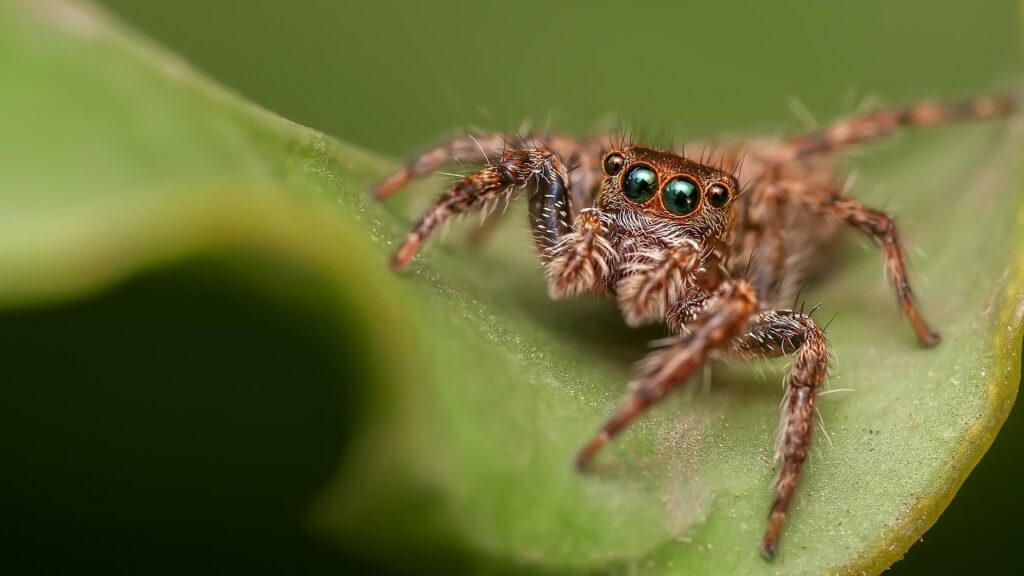
Not all beneficial spiders rely on webs – hunting spiders actively patrol their territory seeking prey, making them particularly effective against ground-dwelling pests. Wolf spiders, jumping spiders, and nursery web spiders exemplify this hunting strategy, using keen eyesight (in the case of jumping spiders) or sensitive vibration detection to locate prey. These athletic predators can pursue insects across surfaces at impressive speeds, with jumping spiders capable of leaps up to 50 times their body length to capture prey. Their mobility allows hunting spiders to access crevices and plant structures where webbing spiders cannot operate effectively. In homes, these hunters often target silverfish, cockroaches, and other household pests, providing free pest management services without leaving visible webs.
Agricultural Allies: Spiders in Crop Protection
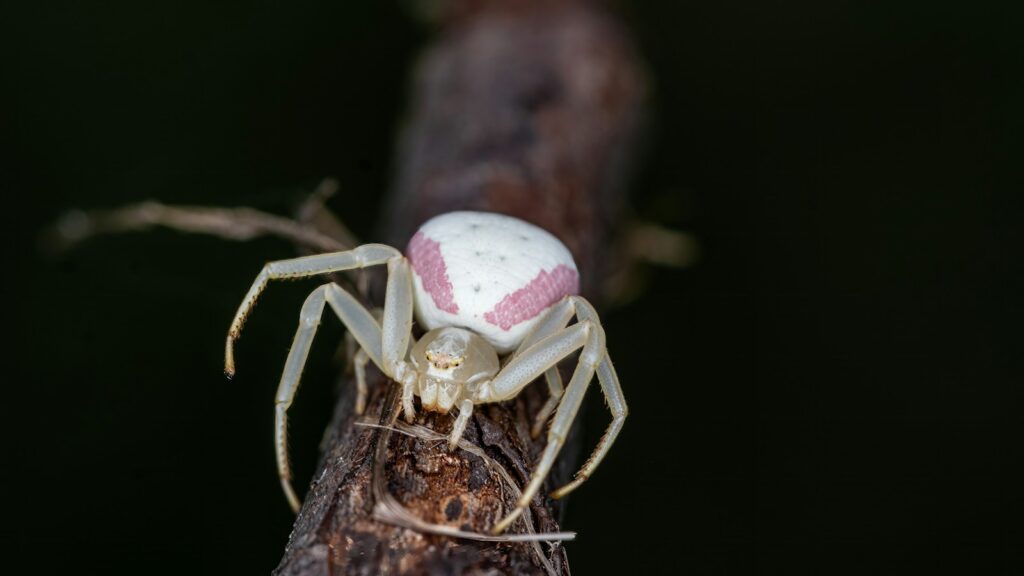
Farmers worldwide increasingly recognize non-venomous spiders as critical allies in integrated pest management programs, capable of significantly reducing insect damage to crops. Research in rice paddies has demonstrated that maintaining healthy spider populations can reduce pest insect numbers by up to 90% in some contexts, translating to higher yields and reduced pesticide requirements. Cotton, vegetable, and orchard farming similarly benefit from spider activity, with studies showing that diverse spider communities can suppress pests including aphids, caterpillars, and various beetles. The economic value of this service is substantial – one study estimated that spiders save U.S. agriculture billions of dollars annually by reducing crop damage and decreasing the need for chemical controls. Unlike most commercial pesticides, spiders reproduce independently, adapt to changing pest populations, and operate with zero input costs.
Common Beneficial House Spiders
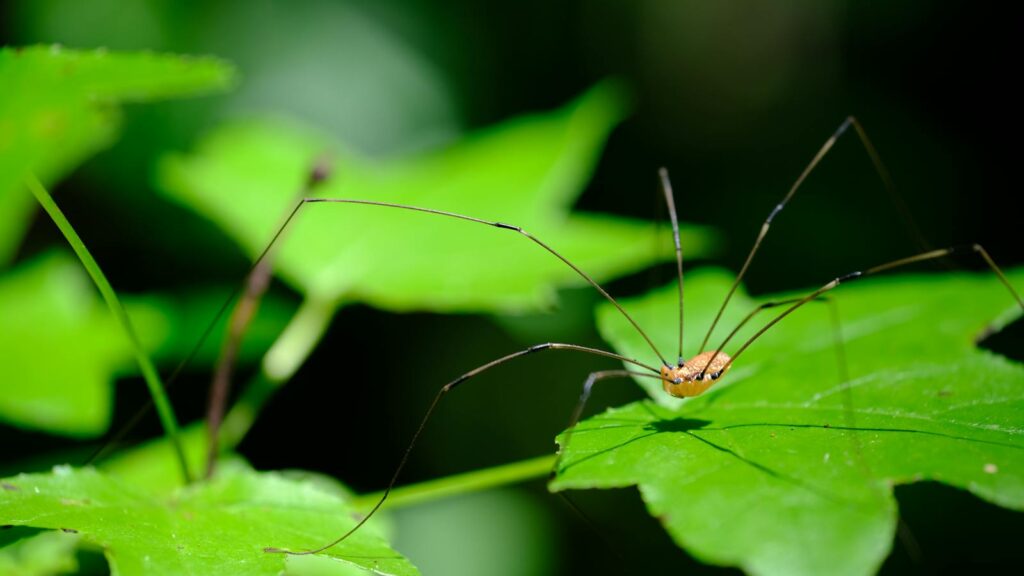
Several non-venomous spider species commonly inhabit homes and provide ongoing pest management benefits with minimal human impact. The cellar spider (often called daddy longlegs, though true daddy longlegs are not spiders) constructs loose webs in corners and actively hunts other spiders, including potentially dangerous species. Common house spiders establish small, irregular webs in undisturbed areas where they capture flies, mosquitoes, and moths that enter homes. Jumping spiders, with their distinctive appearance and curious behavior, patrol windowsills and walls, capturing small flying insects with remarkable precision. These household arachnids typically remain unobtrusive, rarely interacting with humans while continuously reducing indoor pest populations.
Spider Diversity and Specialized Pest Control
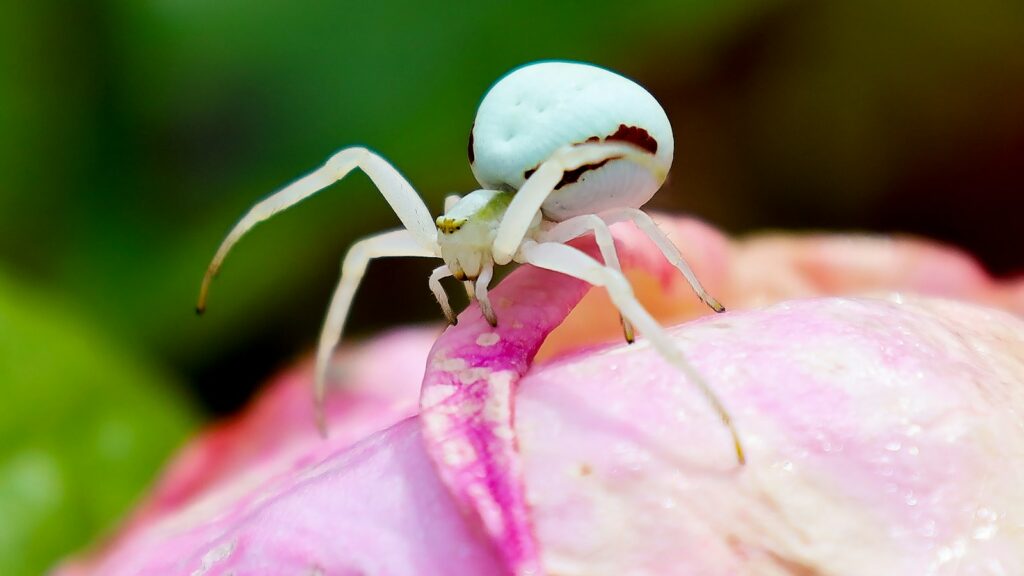
The extraordinary diversity of spider species – over 48,000 described worldwide – creates a multi-layered pest management system where different spider types target various pest niches. Crab spiders, with their ability to ambush pollinators on flowers, help control plant-feeding insects that might otherwise damage ornamental plants. Sac spiders hunt at night on vegetation, capturing nocturnal pests that many other predators miss. Sheet web builders create horizontal webs near ground level, intercepting pests that hop or crawl rather than fly. This diversity ensures that virtually every type of pest insect faces at least one spider predator specifically adapted to capture it. In healthy ecosystems with diverse spider populations, this creates an impressive pest management network operating continuously across all vegetation layers and microhabitats.
Spider Silk: The Essential Hunting Tool
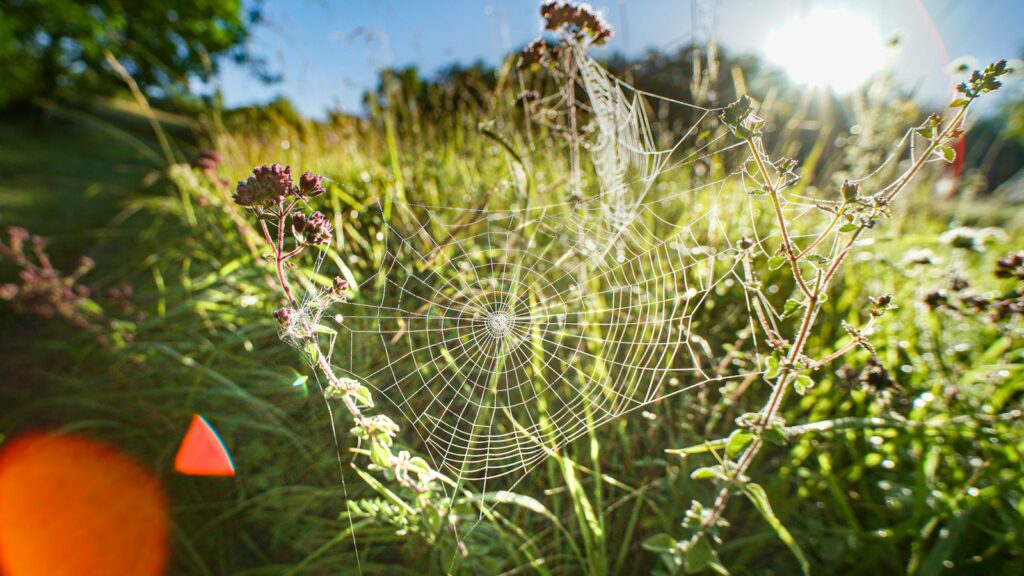
The remarkable properties of spider silk make it an unparalleled tool for pest capture, with characteristics no human-made material can yet match. Spider silk combines exceptional tensile strength (comparable to steel) with elasticity that allows it to absorb the impact of flying insects without breaking. Many spiders produce multiple silk types from different glands, including structural threads, sticky capture threads, wrapping silk for subduing prey, and draglines for safety. The energy efficiency of silk production allows spiders to create these elaborate trapping structures with minimal caloric investment. When a web becomes damaged or coated with dust, many spiders consume the old silk (recycling the protein) before spinning fresh capture threads, ensuring their pest-trapping technology remains at peak effectiveness.
Spiders vs. Chemical Pesticides

Comparing spider-based pest control with chemical alternatives reveals several advantages that make arachnids particularly valuable in sustainable agriculture and home pest management. Unlike chemical pesticides, spiders don’t create resistant pest populations because they exert complex predation pressure rather than selecting for specific resistance genes. Spiders leave no toxic residues on food products and pose virtually no health risks to humans, pets, or wildlife. Their presence is self-regulating – when pest populations decline, spider numbers naturally decrease as food becomes scarce, preventing the overapplication issues common with chemical controls. For organic farmers and homeowners seeking non-toxic pest management solutions, encouraging spider populations represents one of the most effective and economical approaches available.
Encouraging Beneficial Spiders in Gardens
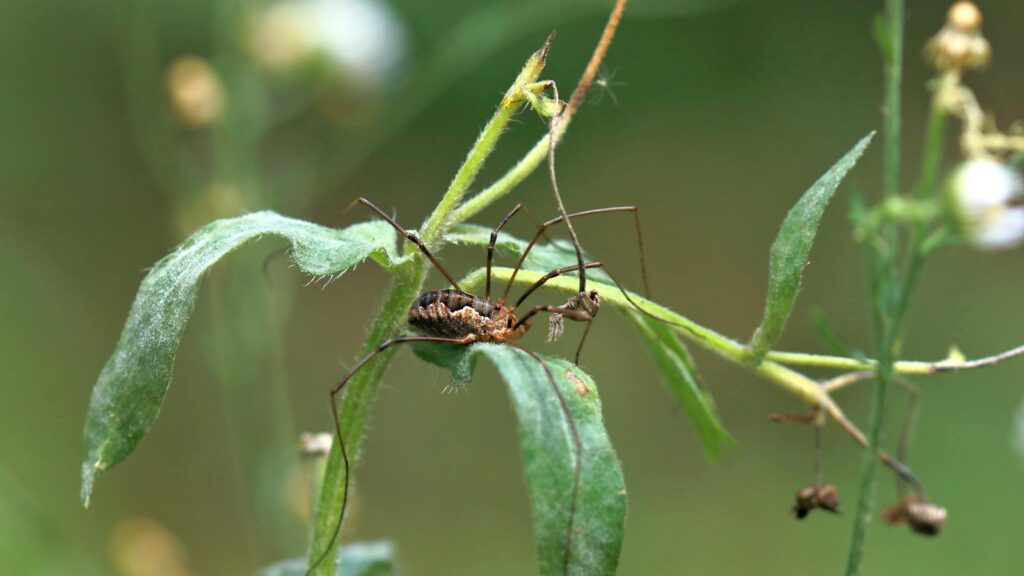
Gardeners can implement several strategies to encourage beneficial spider populations and enhance natural pest control. Creating habitat diversity with groundcovers, perennial plants, and mulched areas provides shelter and hunting grounds for various spider species. Reducing outdoor lighting minimizes disruption to nocturnal hunters and decreases the attraction of pest insects to the garden area. Limiting broad-spectrum pesticide use is crucial, as these chemicals kill beneficial spiders alongside target pests, often leading to secondary pest outbreaks when predator populations are diminished. Strategic placement of rocks, logs, or simple “spider hotels” (structures with multiple small openings and chambers) can provide overwintering sites and daytime retreats, supporting year-round spider residence and pest control benefits.
Overcoming Arachnophobia: Changing Perceptions
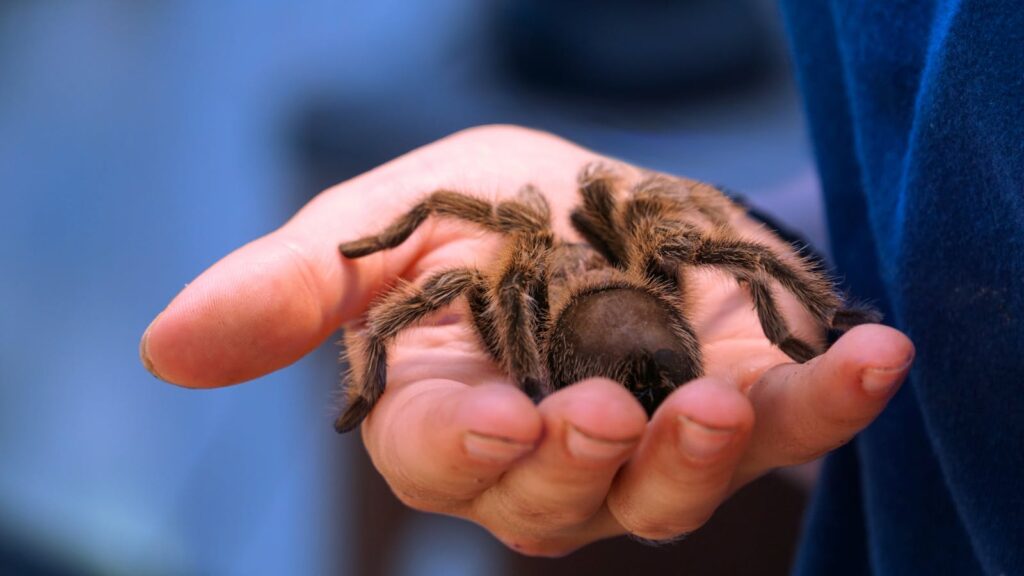
Cultural attitudes toward spiders represent a significant barrier to utilizing their pest control benefits, with arachnophobia ranking among the most common specific fears. Education about the ecological role of spiders, their limited threat to humans (especially non-venomous species), and their beneficial impacts can gradually shift these perceptions. Distinguishing between the handful of medically significant species and the vast majority of harmless beneficial spiders helps people make informed decisions about spider management. Conservation organizations increasingly offer “spider appreciation” programs that allow controlled, positive interactions with harmless species under expert guidance. As understanding grows about the critical ecological services spiders provide, more people are choosing to coexist with these beneficial creatures rather than automatically reaching for the shoe or vacuum cleaner.
Spider Conservation for Effective Pest Management

Conserving spider diversity has become an important component of sustainable pest management, with research showing that complex spider communities provide more stable and effective control than single species. Habitat destruction, pesticide use, and climate change threaten spider populations in many regions, potentially reducing their pest control benefits. Creating connected habitat corridors in agricultural landscapes helps maintain spider diversity by allowing recolonization after disturbances like harvesting. Research indicates that restored agricultural areas with diverse vegetation structure can recover robust spider communities within 2-3 years if appropriate habitat is provided. Conservation efforts focused on spiders not only support pest management but also strengthen overall ecosystem functioning, as these predators influence multiple trophic levels in food webs.
Measuring the Economic Impact of Spider Pest Control
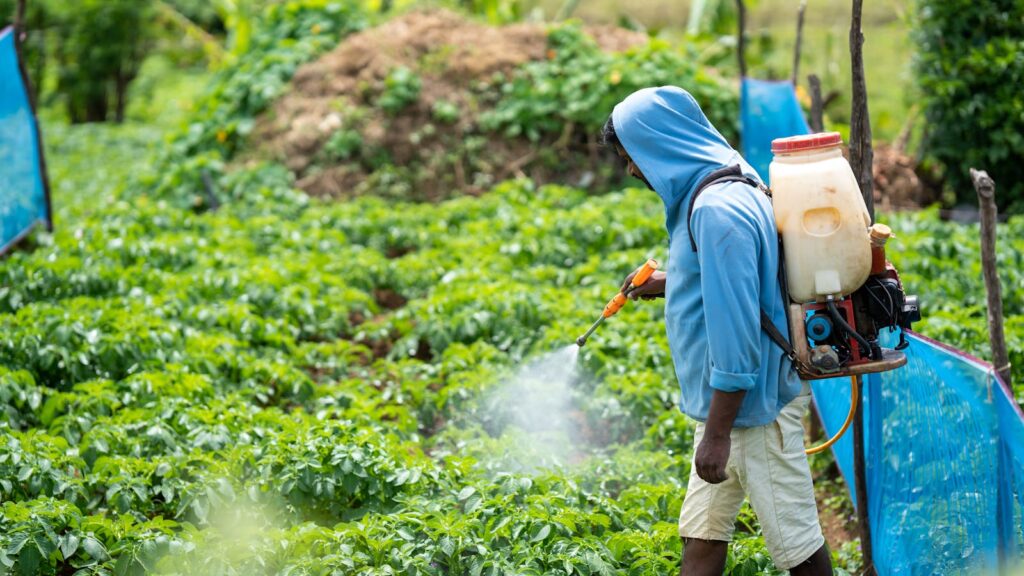
Quantifying the economic value of spider-based pest control reveals its significant contribution to agricultural sustainability and household pest management. Economic analyses estimate that spiders provide billions of dollars in pest control services annually in the United States alone, with global figures many times higher. One striking study in China demonstrated that rice farmers who maintained field margins supportive of spider populations reduced pesticide costs by 60% while maintaining equivalent yields. In forestry, spider predation helps suppress outbreaks of defoliating insects that would otherwise require expensive chemical intervention. Even in urban environments, the household pest control provided by resident spiders represents a substantial economic benefit – one calculation suggested that the average home spider population provides services equivalent to $50-100 in professional pest control annually.
Future Directions: Integrating Spiders into Pest Management Plans

The future of spider-based pest control looks promising as researchers develop more sophisticated integration methods and farmers adopt spider-friendly practices. Advanced modeling now allows agricultural planners to predict how landscape changes will affect spider communities and their pest control potential. Some innovative farmers are designing “beetle banks” and flower strips specifically to support diverse spider populations alongside other beneficial insects. Researchers are investigating potential synergies between spider conservation and other biological control methods, such as predatory insects and microbial controls. As climate change alters pest distributions and behaviors, maintaining healthy spider communities may become increasingly important as a flexible, adaptable pest management strategy. The growing organic and sustainable agriculture movements provide perfect testing grounds for spider-based pest management approaches, with successful methods increasingly adopted by conventional producers seeking to reduce chemical inputs.
Conclusion
The humble non-venomous spider, often misunderstood and feared, deserves recognition as one of our most valuable allies in sustainable pest management. These efficient predators provide continuous, chemical-free control of numerous pest species in agricultural, garden, and household settings. Their diverse hunting strategies, adaptability to different environments, and self-regulating populations make them ideal partners in integrated pest management approaches. As we face increasing challenges from pesticide resistance, chemical regulations, and consumer demand for reduced pesticide use, the role of non-venomous spiders in pest control becomes even more critical. By understanding, appreciating, and conserving these beneficial arachnids, we gain powerful partners in our efforts to manage pests while minimizing environmental impacts. Perhaps it’s time to see the spider in the corner not as an unwelcome intruder, but as a tiny, hardworking member of our pest management team.
